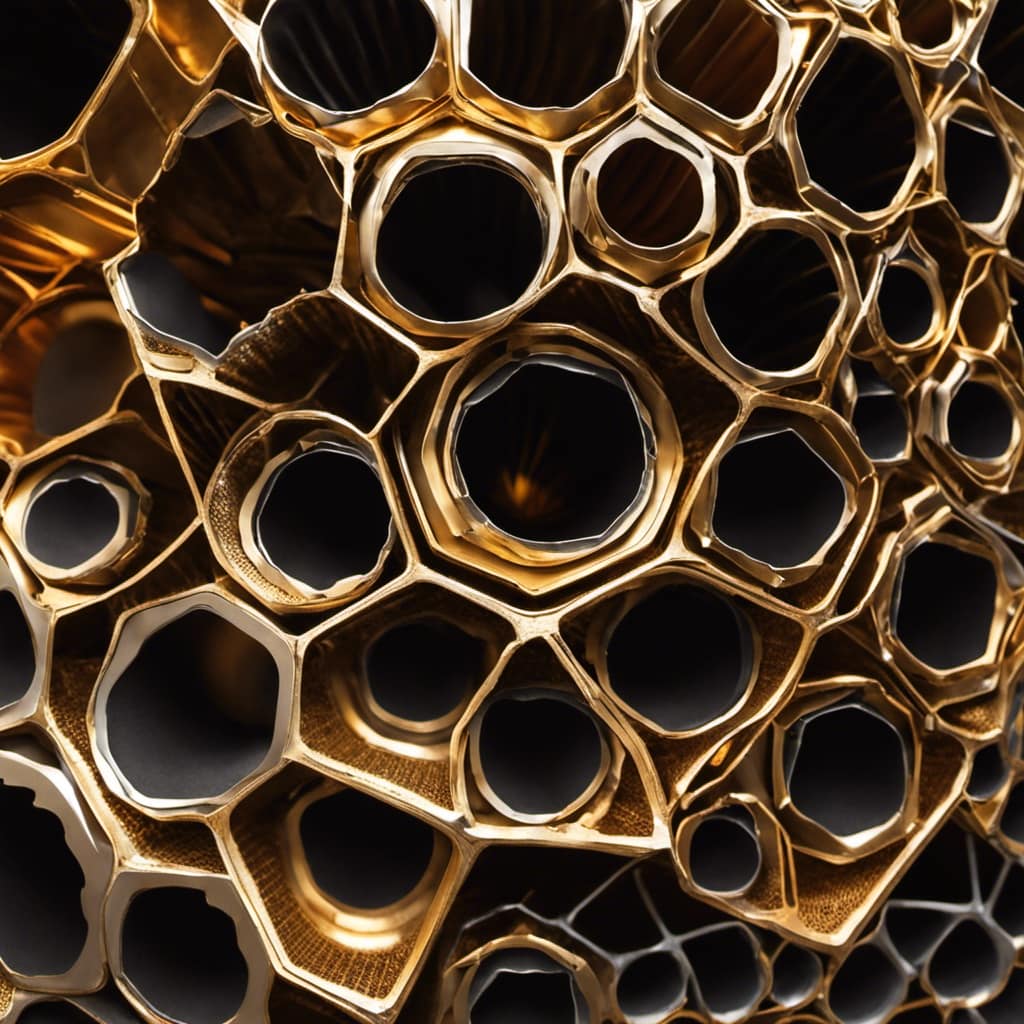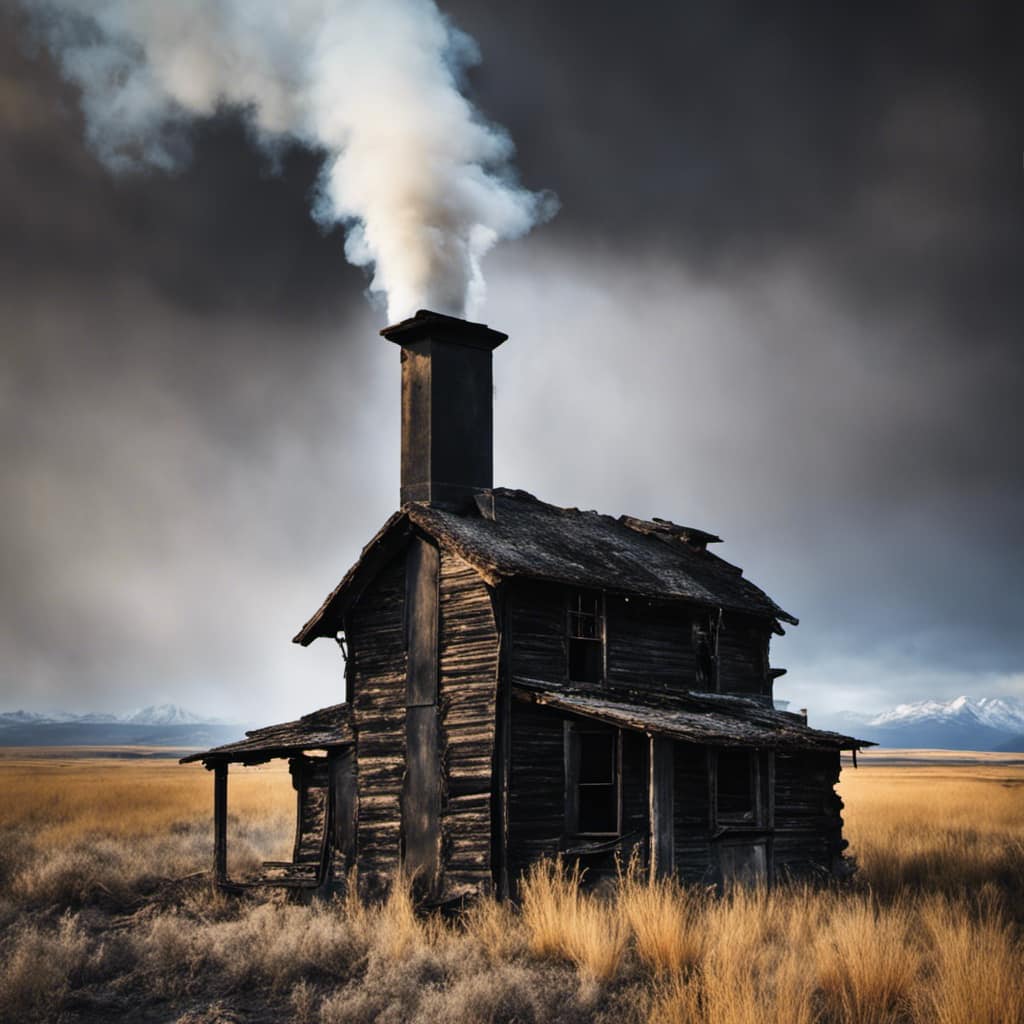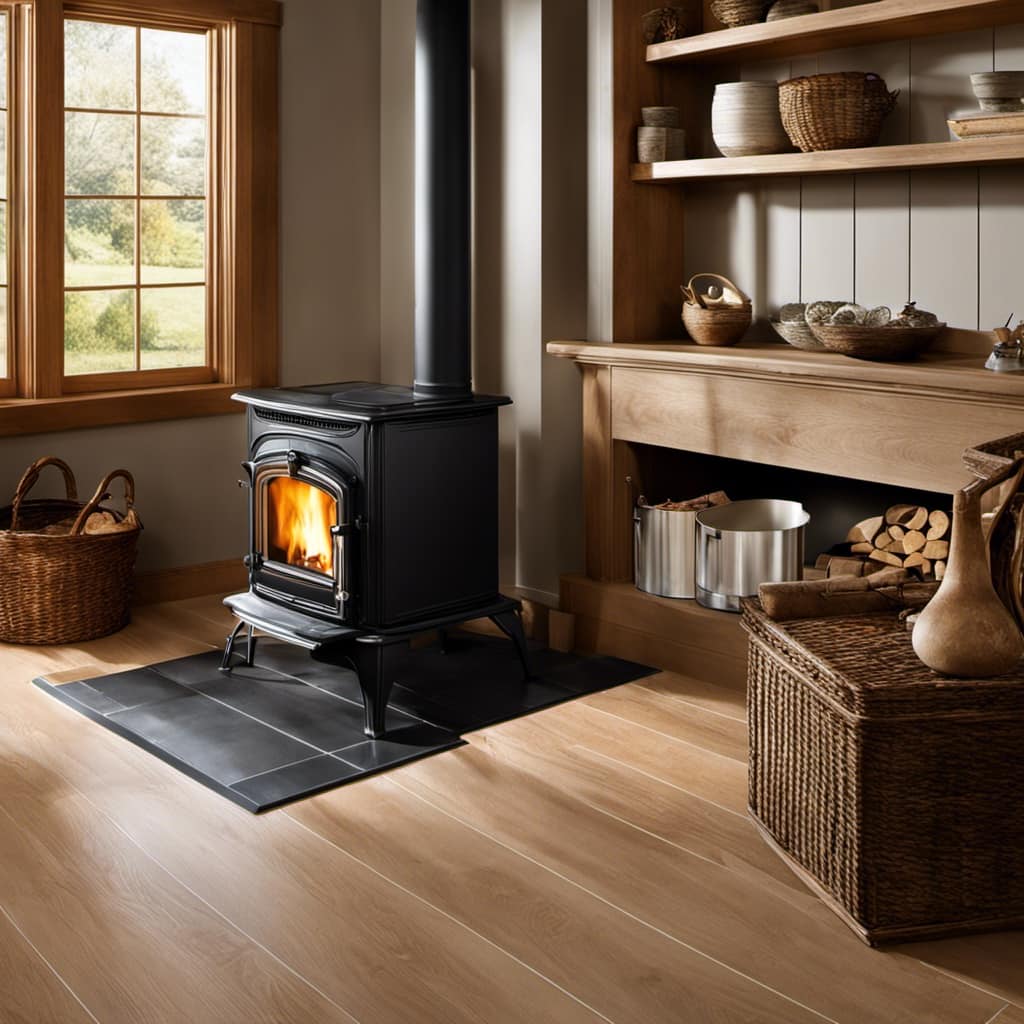
As a wood stove enthusiast, I can confirm that the primary adversary we face is the buildup of creosote. It resembles a sly creature lurking in the shadows, poised to wreak havoc on our beloved fires.
But fear not, I’m here to shed some light on the causes of this pesky problem. From incomplete combustion to poor ventilation, the type of wood you use to the moisture content, and even your stove maintenance habits, I’ll dive deep into the world of creosote and how to keep it at bay.
Key Takeaways
- Insufficient oxygen leads to incomplete combustion and creosote formation.
- Limited airflow and inadequate insulation contribute to creosote buildup.
- Seasoned hardwood with low moisture content reduces creosote buildup.
- High moisture content in wood leads to more smoke and less efficient burning, resulting in creosote formation.
Incomplete Combustion
I can see creosote forming in my wood stove when the combustion process is incomplete. Incomplete combustion occurs when there isn’t enough oxygen present for the fuel to burn completely. This can happen if the wood isn’t properly seasoned or if the stove isn’t getting enough air for combustion.
When combustion is incomplete, it leads to reduced combustion efficiency and the production of creosote. Creosote is a sticky, tar-like substance that forms when the byproducts of combustion, such as water vapor and unburned wood particles, condense on the cooler surfaces of the stove and chimney.

Not only does creosote pose a fire hazard, but it also has a negative environmental impact as it releases pollutants into the air. Therefore, ensuring proper combustion efficiency is crucial for both safety and reducing environmental harm.
Poor Ventilation
With poor ventilation, the buildup of creosote in my wood stove becomes more likely. Insufficient airflow and inadequate insulation are the two main culprits behind this issue. When there is limited airflow, the combustion process is incomplete, leading to the production of more creosote. Additionally, inadequate insulation can cause the temperature inside the stove to drop, resulting in condensation and the formation of creosote. To better understand the impact of these factors, let’s take a look at the following table:
| Factors | Impact on Creosote Buildup |
|---|---|
| Insufficient airflow | Increases creosote buildup |
| Inadequate insulation | Promotes condensation and creosote formation |
Type of Wood
Using seasoned hardwood can significantly reduce the amount of creosote buildup in my wood stove. The type of wood I choose to burn plays a crucial role in the formation of creosote. When selecting wood for my wood stove, I opt for hardwood such as oak, maple, or hickory. These types of wood have a low moisture content, which means they burn more efficiently and produce less smoke.
Moisture Content
Burning wood with a high moisture content can lead to more smoke and less efficient burning. When wood has a high moisture content, it takes longer to ignite and produces more smoke. This can result in a smoky, inefficient fire that doesn’t generate as much heat. To achieve optimal wood burning, it’s important to ensure that the wood has a moisture content of around 20%.

Here are three ways to visualize the impact of burning wood with high moisture content:
- Imagine thick, billowing smoke pouring out of the chimney.
- Picture a fire struggling to catch and produce a strong flame.
- Visualize a pile of wet logs that sizzle and steam when placed on the fire.
To prevent these issues and maintain a clean and efficient wood burning experience, regular chimney cleaning is crucial. Cleaning the chimney helps remove creosote buildup, which can reduce the risk of chimney fires and improve the efficiency of your wood stove.
Stove Maintenance
Maintaining my stove is crucial for ensuring its efficiency and preventing potential hazards. Regular stove cleaning and chimney inspection are essential tasks that should not be overlooked. By keeping my stove clean, I can improve its performance and extend its lifespan. A clean stove also reduces the risk of fire and carbon monoxide poisoning. Additionally, chimney inspection ensures that the flue is clear of any obstructions, such as creosote buildup, which can be highly flammable. To help you understand the importance of stove maintenance, here is a table summarizing the key tasks and their recommended frequencies:
| Task | Frequency |
|---|---|
| Stove cleaning | Monthly |
| Chimney inspection | Annually |
Frequently Asked Questions
Can Creosote Buildup in a Wood Stove Cause a Fire?
Yes, creosote buildup in a wood stove can cause a fire. It is important to regularly clean and maintain the stove to prevent creosote buildup. Failure to do so can result in the dangers of creosote buildup leading to a fire.

How Often Should I Clean My Wood Stove to Prevent Creosote Buildup?
To prevent creosote buildup, I clean my wood stove regularly. Cleaning frequency depends on factors like usage and wood quality. Common causes of creosote buildup include burning unseasoned or wet wood, insufficient air supply, and restricted airflow.
Can Using Seasoned Wood Help Reduce Creosote Formation in a Wood Stove?
Using unseasoned wood can contribute to creosote formation in a wood stove. However, using seasoned wood has benefits such as reducing creosote buildup. It burns more efficiently, producing less smoke and minimizing the chances of creosote formation.
Are There Any Signs or Symptoms That Indicate Excessive Creosote Buildup?
As an experienced wood stove user, I’ve learned to pay attention to signs of excessive creosote buildup. These symptoms, like thick black soot and a strong smoky odor, indicate the need for immediate cleaning to prevent potential hazards.
Can a Wood Stove With a Catalytic Converter Help Reduce Creosote Formation?
Using a wood stove with a catalytic converter can help reduce creosote formation. It offers benefits such as increased fuel efficiency and reduced emissions. Common causes of creosote in wood stoves include incomplete combustion and burning unseasoned wood.

Conclusion
In conclusion, understanding the causes of creosote buildup in a wood stove is crucial to ensuring a safe and efficient heating system.
While some may argue that regular stove maintenance is time-consuming and unnecessary, neglecting it can lead to a dangerous buildup of creosote.
By addressing factors like incomplete combustion, poor ventilation, type of wood, and moisture content, we can prevent creosote formation and enjoy a well-functioning wood stove for years to come.
Growing up surrounded by the vast beauty of nature, Sierra was always drawn to the call of the wild. While others sought the comfort of the familiar, she ventured out, embracing the unpredictable and finding stories in the heartbeat of nature.
At the epicenter of every remarkable venture lies a dynamic team—a fusion of diverse talents, visions, and passions. The essence of Best Small Wood Stoves is crafted and refined by such a trio: Sierra, Logan, and Terra. Their collective expertise has transformed the platform into a leading authority on small wood stoves, radiating warmth and knowledge in equal measure.











